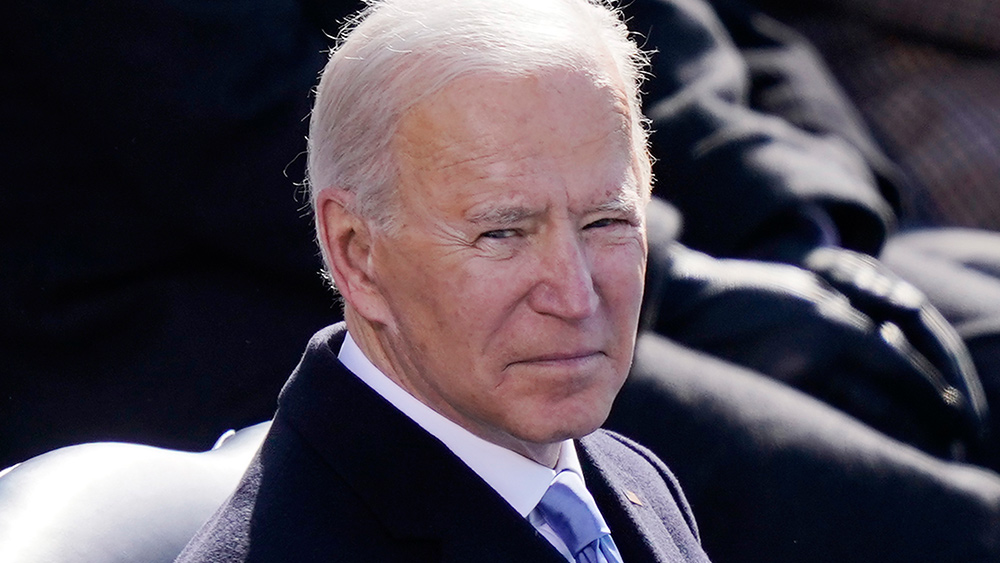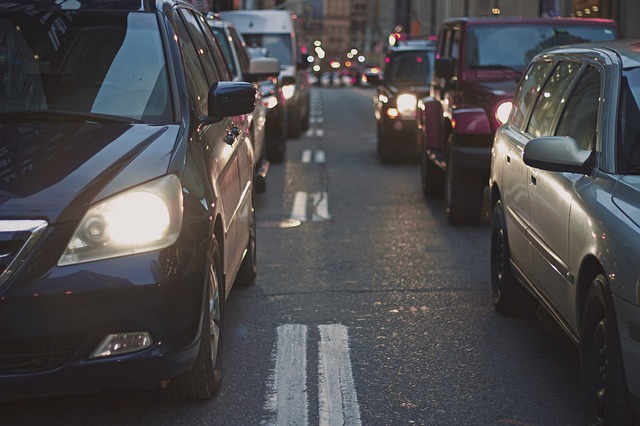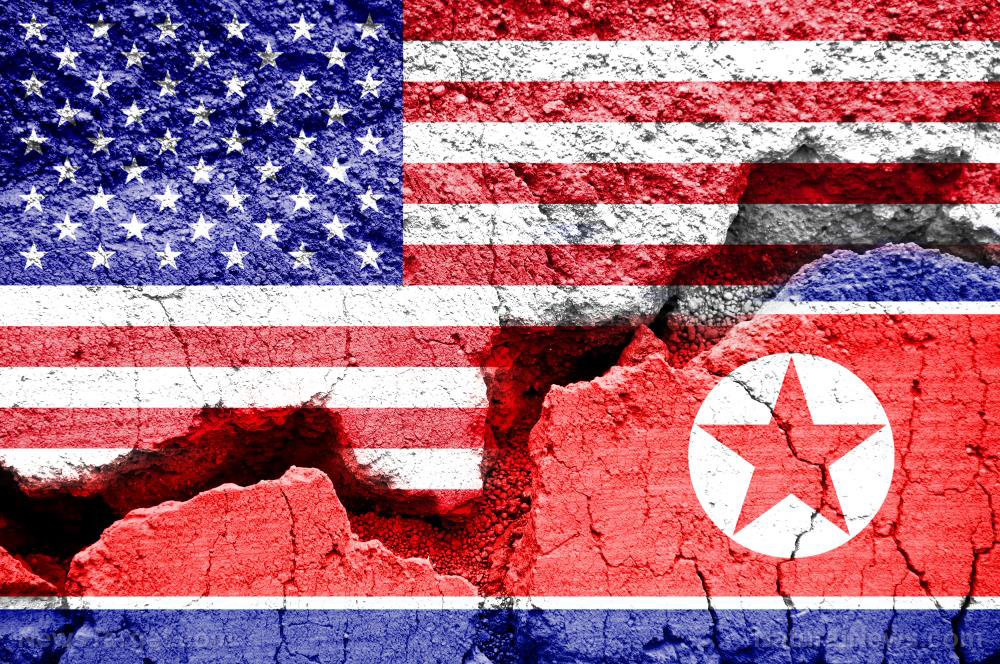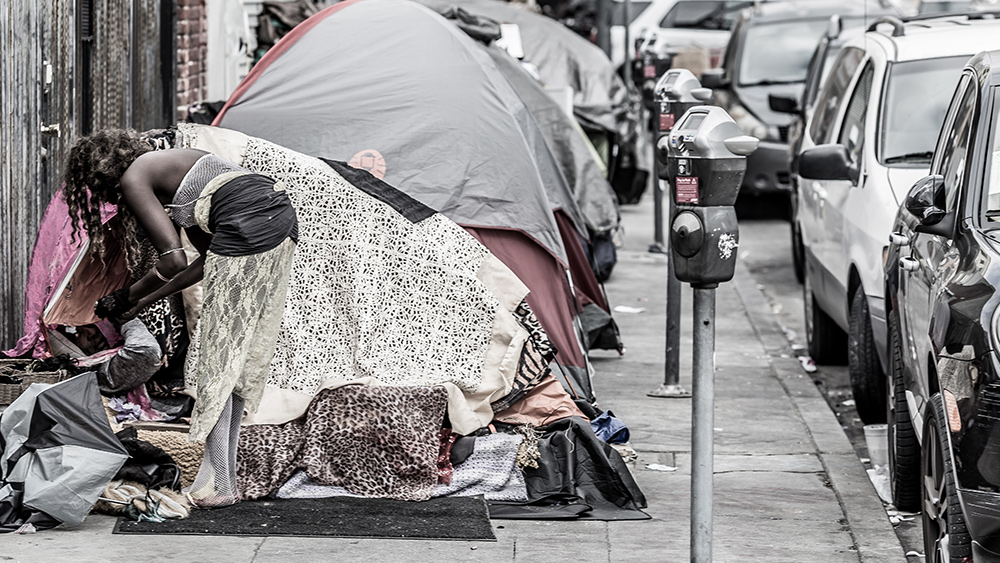More Americans continue to rely on Buy Now Pay Later (BNPL) services to combat inflation and consumer debt
07/17/2023 / By Laura Harris

More Americans are relying on buy now, pay later (BNPL) services to afford basic necessities like groceries due to increasing inflation and consumer debt.
According to a survey by the Federal Reserve, approximately one in eight consumers has used a BNPL service at least once in the past 12 months, slightly up from the one in 10 who used the service in the same time period the previous year. GlobalData said the BNPL industry, valued at $309 billion, is projected to expand by over 25 percent in 2026 due to increasing demand.
Meanwhile, in a separate study of Adobe Analytics, the first two months of 2023 revealed a 40 percent increase in BNPL grocery orders. Inflation has spurred consumers to turn to BNPL services to spread the payment for their purchases.
The first two months of 2023 witnessed a 10 percent year-over-year increase in BNPL order share, albeit with a 19 percent decline in revenue. This data indicates that consumers use this payment method primarily for smaller purchases.
Affirm, the only publicly listed company in the U.S. exclusively focused on providing BNPL services, reported a 26 percent year-over-year increase in active consumers.
Other surveys conducted by the Fed and the Consumer Financial Protection Bureau found that women, Black and Hispanic adults and households earning between $20,001 to $50,000 annually are more likely to use BNPL services. The appeal lies in the absence of interest charges if users meet the payment requirements within four installments.
Vivek Pandya, the lead analyst of Adobe Digital Insights, remarked: “E-commerce demand has remained resilient in an uncertain economic environment, driven in part by lasting pandemic habits where consumers had no choice but to leverage online food and home furnishing shopping services. Now consumers have embraced the rich e-commerce experiences that made them feel comfortable getting these necessities delivered to their doorsteps, making these categories new growth drivers in the digital economy.”
However, Bruce McClary, the Senior Vice President of Communications at the National Foundation for Credit Counseling, warned that BNPL can become an “alternate escape route” for consumers with bad credit who have exhausted other options. While BNPL may seem appealing, the lack of regulation could lead to dangerous situations.
BNPL services remain very convenient amid high inflation, low wage growth
Marco Di Maggio, a professor of Business Administration at Harvard Business School, stated that BNPL services like Klarna, Affirm and Afterpay offer immediate liquidity to cash-strapped consumers. This convenience, aside from the rapid inflation and record-high consumer debt, continues to increase the demand for BNPL services.
For instance, Gracie Williams, a South Carolina librarian and the primary earner in her household, had to stretch her income to cover bills and support her ailing mother and younger brother. (Related: Gen Y and Z Brits resorting to “buy now, pay later” schemes to manage finances.)
Despite her best efforts, there is little left in her monthly take-home pay of $2,100 after accounting for essential expenses like house and car payments, medical bills and other costs.
Her grocery expenses at Walmart have doubled in the past year, prompting Williams to opt for more affordable alternatives like hamburger meat, chicken and pork chops. However, essentials like feminine hygiene products and pet food cannot be compromised.
This monthly shortage turned Williams to BNPL services, such as Klarna, to meet her family’s nutritional needs. By leveraging Klarna’s installment option and ordering groceries online for in-store pickup, Williams strategically manages her payments and aligns them with her income and bill schedule.
Similarly, Tara Dietz, a 34-year-old resident of Armonk, New York, understands the impact of rising grocery costs all too well. Her Crohn’s disease necessitates purchasing higher-priced gluten- and dairy-free products. Dietz has found Affirm, a BNPL service, to be a helpful budgeting tool when shopping at Wegmans and Whole Foods. By utilizing BNPL services, she mitigates the stress associated with determining affordability.
“The rise of buy now, pay later usage for groceries tells us that consumers are likely making bigger purchases online to take advantage of special promotions and stock up on staples, thus managing living expenses in more flexible ways,” explained Pandya. “The strong online growth of home furnishing purchasing is expected to bolster buy now, pay later adoption, given the higher ticket prices in this category.”
Visit EconomicRiot.com for more on the state of the American economy.
Watch this video discussing the increasing popularity of BNPL loans.
This video is from the Zoon Politikon channel on Brighteon.com.
More related stories:
Wealthy shoppers now embracing discount stores amid worsening FOOD INFLATION.
Follow these steps if you want to survive the 2023 banking system collapse.
More Americans unable to pay on time as “buy now, pay later” loan scheme becomes popular.
“Buy now, pay later” schemes touted by influencers burying Gen Z deeper in debt.
Sources include:
Submit a correction >>
Tagged Under:
Bubble, buy now pay later, Collapse, consumer debt, debt bomb, debt collapse, economic collapse, economic riot, economics, economy, finance, financial collapse, Inflation, installment, risk
This article may contain statements that reflect the opinion of the author
RECENT NEWS & ARTICLES
COPYRIGHT © 2017 CHAOS NEWS




















